Sandwich Food Trucks are usually modified vans or customized food trucks, with eye-catching brand logos and creative patterns painted on the body, such as retro graffiti, cartoon characters or minimalist designs, becoming a moving landscape on the city streets.
Its core product, sandwiches, breaks through the single model of traditional fast food and integrates global flavors: from classic American bacon cheese to Mediterranean-style grilled vegetables, to Japanese teriyaki chicken steak, and even vegetarian and low-calorie healthy options to meet the needs of diverse tastes.
Food trucks are often equipped with open windows, and the chef’s on-site production process is transparent and visible, enhancing the sense of interaction and freshness.
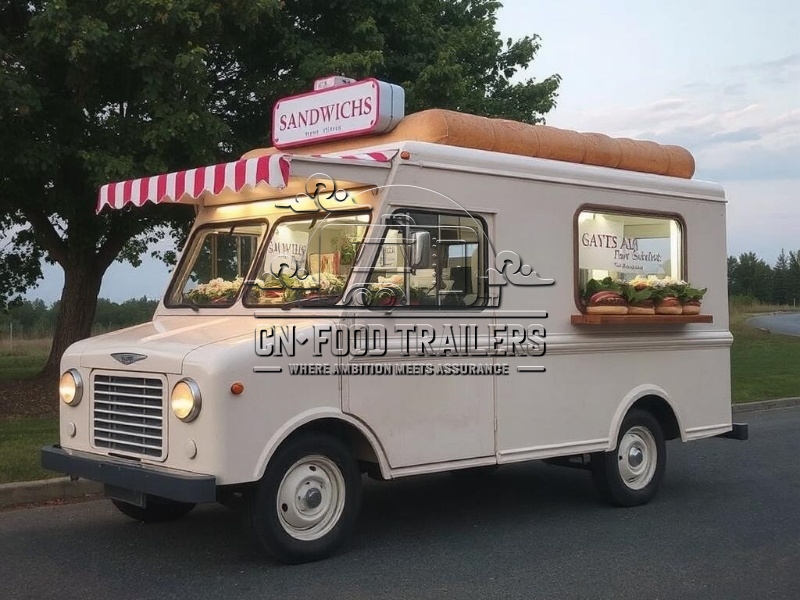 Core Features
Core Features
1.Flexibility and scenario-based operation
- Food trucks can be quickly deployed to high-traffic areas, such as around office buildings, music festivals, sports events, university campuses or night markets, to accurately capture target customers. For example, they stop at the CBD at noon on weekdays and move to the art market on weekends to achieve “where there are people, there is food”.
2.Customization and social communication
- Many food trucks provide “DIY sandwich” services, where customers can freely match bread, fillings and sauces, and even place orders in advance through social media and pick them up on site. Food trucks themselves often become check-in points, with interesting slogans (such as “Sandwich Therapy On Wheels”) or themed activities (such as “Sandwich Challenge”) to inspire users to share spontaneously.
3.Sustainable concept
- Some food trucks use environmentally friendly packaging materials, or launch “zero waste menus” to make creative snacks with scraps, which are in line with modern consumers’ pursuit of sustainable life.
Internal equipment
- Core cooking area: equipped with commercial-grade pans, ovens, and multi-burner gas stoves, which can handle frying, baking, and other processes at the same time;
- Refrigeration and preservation: embedded refrigerators and freezers store fresh ingredients, and some dining cars use intelligent temperature control systems to extend the shelf life;
- Pre-processing table: cutting table, vegetable washing tank, sauce dispenser, to achieve standardized processes;
- Ordering and payment system: integrated touch screen ordering machine, mobile payment terminal, support contactless transactions;
- Cleaning and hygiene: independent wash basin, disinfection cabinet, garbage sorting device, in line with food safety regulations.
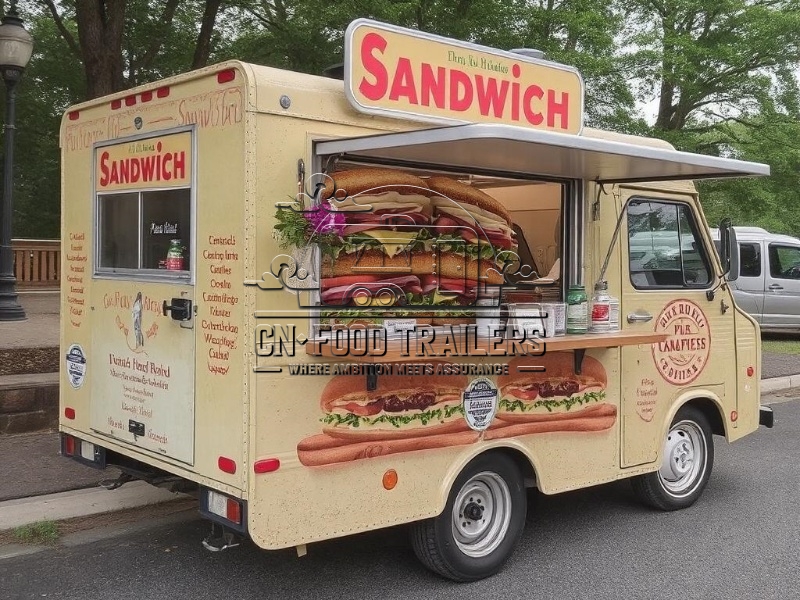
Application
1.Urban daily catering
- As a “mobile canteen” for office workers, dining cars provide a quick lunch solution, and the entire process from ordering to picking up food can be completed within 10 minutes.
2.Events and festivals
- In music festivals, food festivals, and marathon events, dining cars have become standard. Their high mobility can cope with sudden passenger flow, and at the same time, they are integrated into the atmosphere of the event through themed decorations.
3.Brand co-branding and flash pop-ups
- Well-known catering brands or IPs often cooperate with food trucks to launch limited-edition sandwiches, such as Starbucks co-branded coffee-flavored sandwiches, or anime-themed flash pop-ups, to create hot topics.
4.Private customization service
- Food trucks can provide catering services for weddings, company annual meetings and other events, provide customized menus and exclusive packaging, and create an immersive dining experience.
5.Community and charity
- Some food trucks participate in the “Food Bank” program, donating unsold sandwiches to vulnerable groups, or donating proceeds to charity projects to deliver social value.

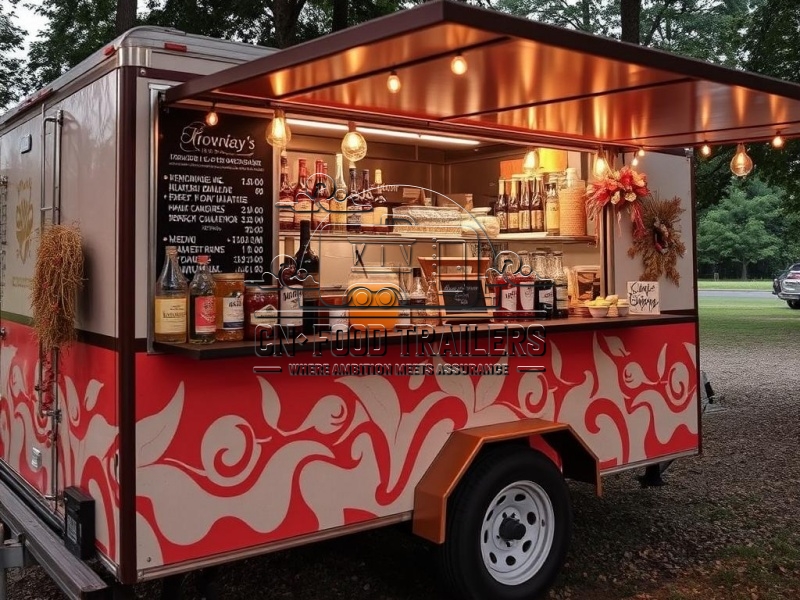
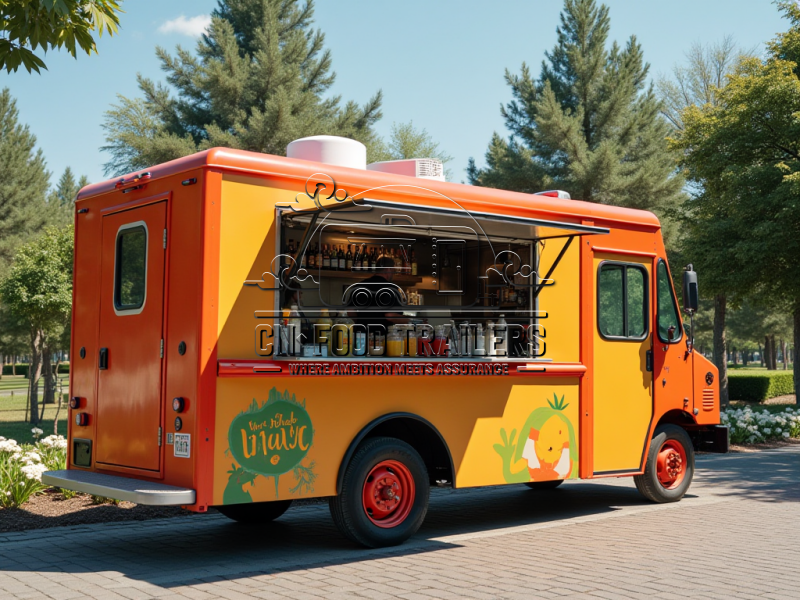

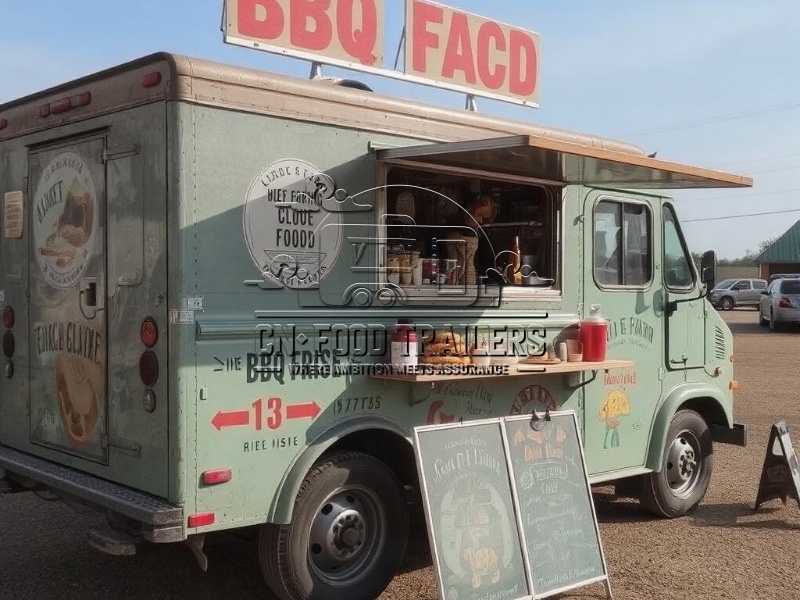
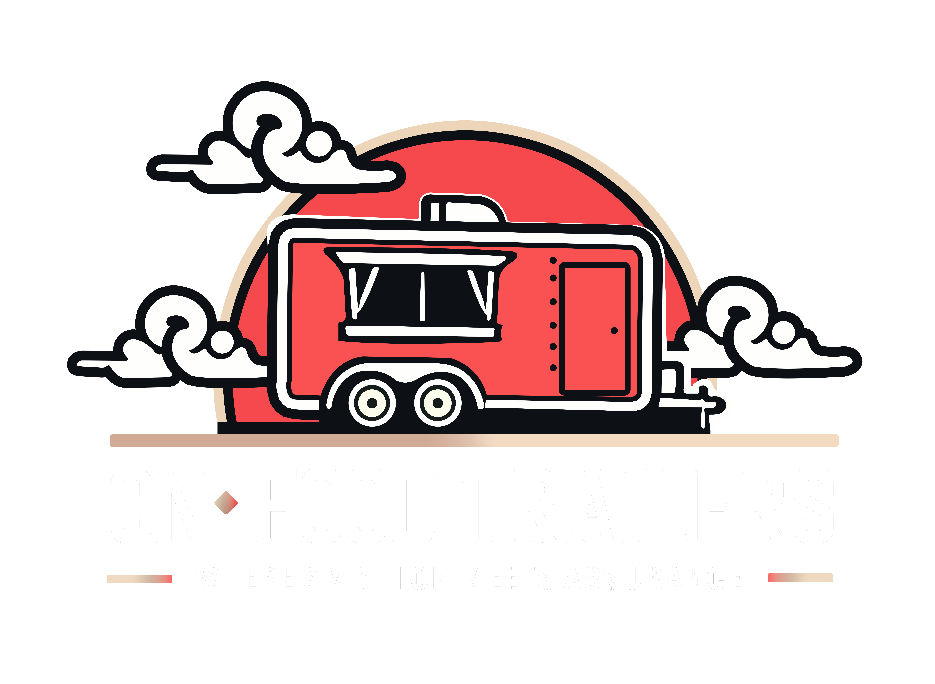
Leave A Comment